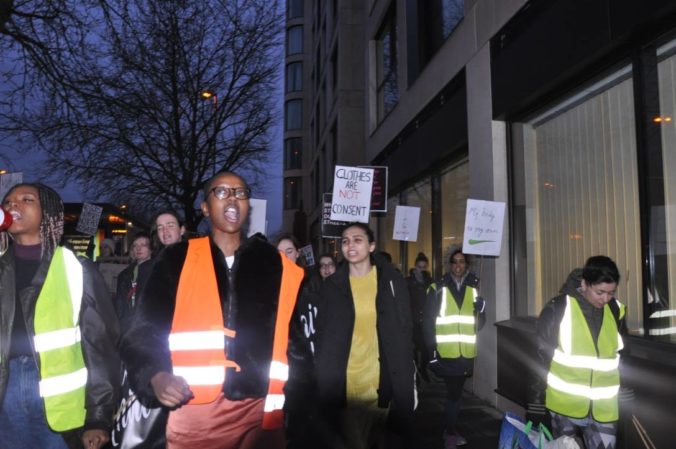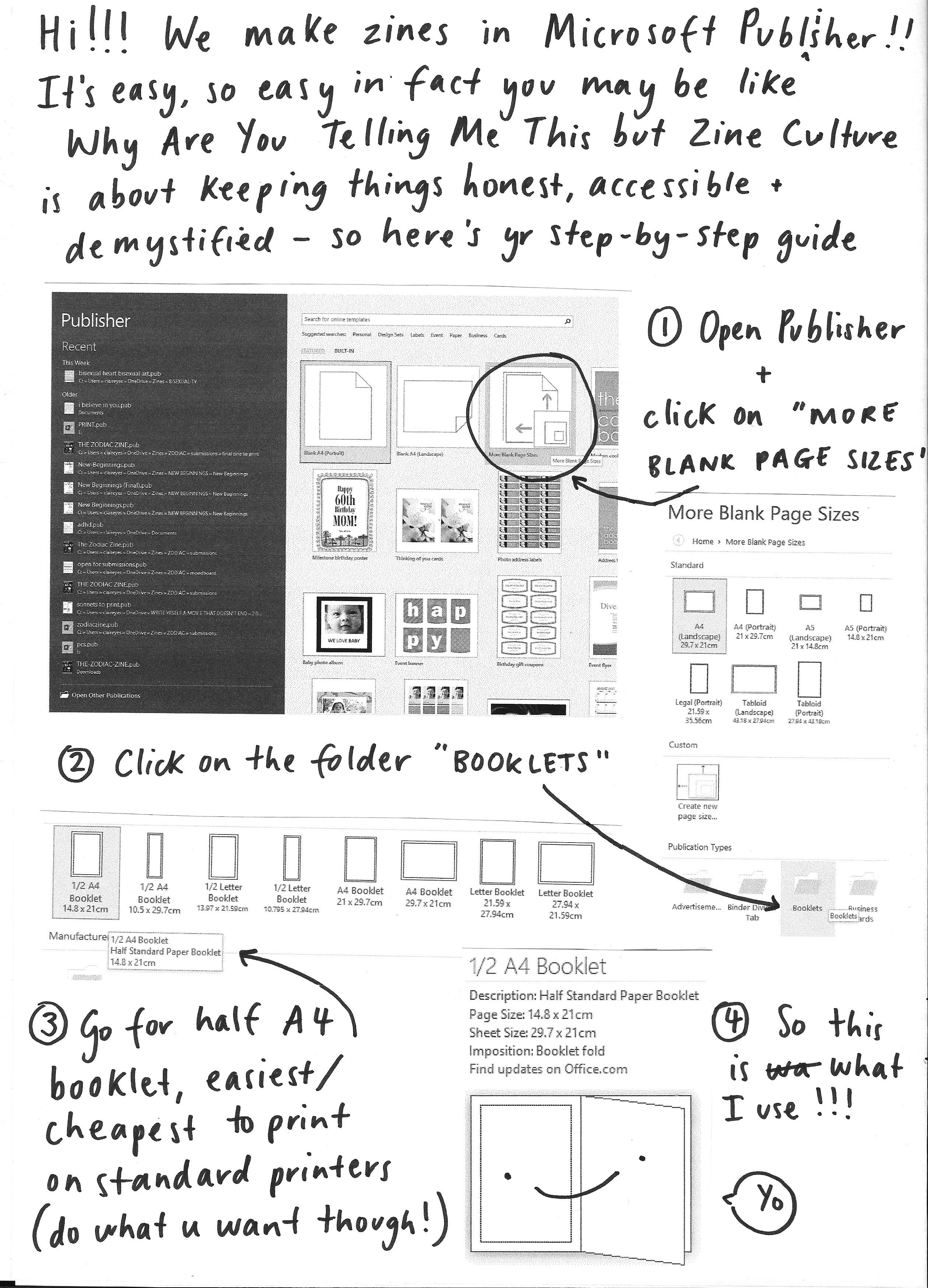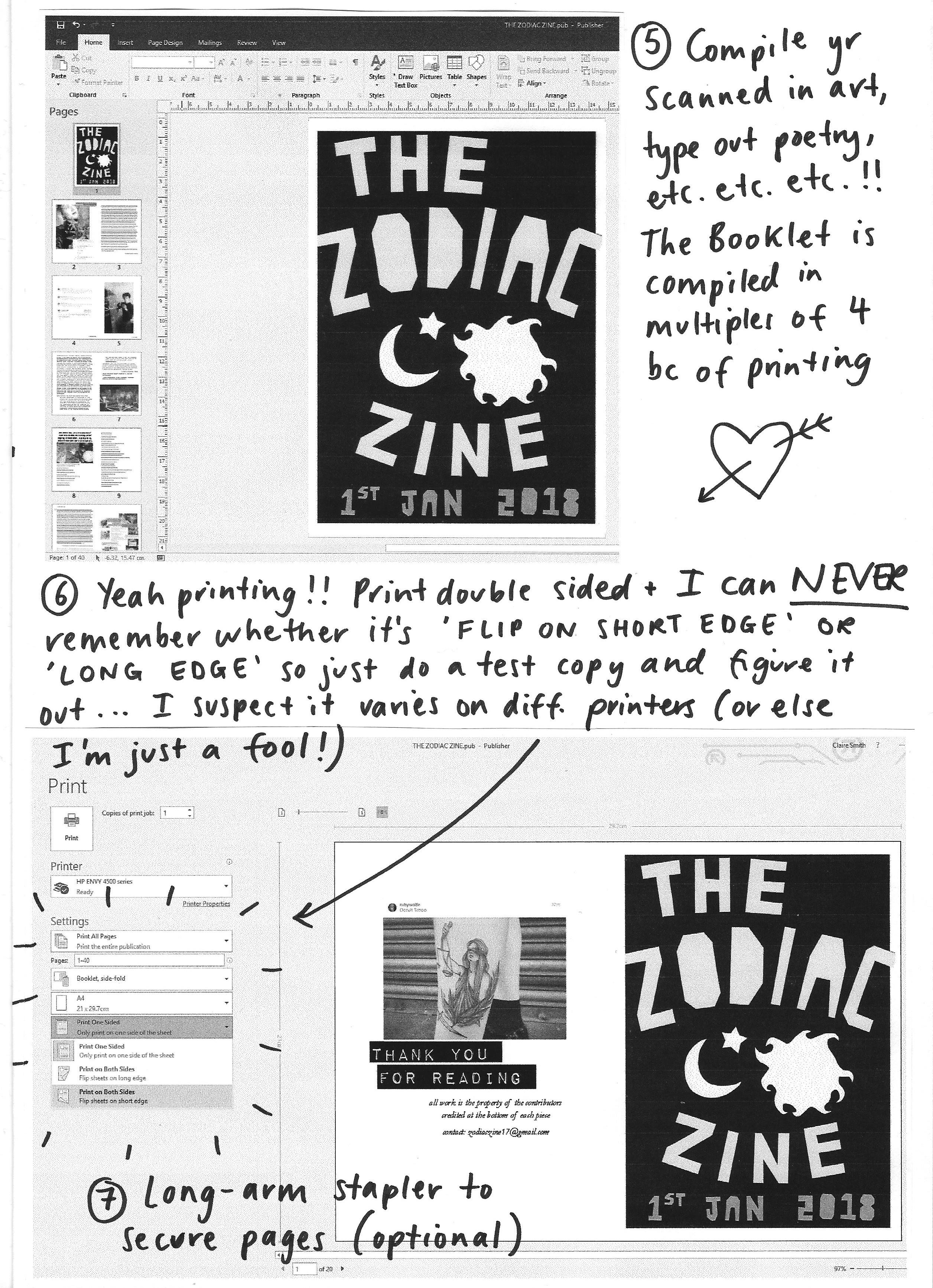Category: General (Page 1 of 27)
A CALL TO ACTION
ASSEMBLE ON PARKER’S PIECE AT 5:30PM ON THE 11TH MARCH.
“We march to reclaim our bodies, space and to put an end to sexual violence.” The Reclaim the Night March has a long history in Cambridge and this year, it falls at a particularly interesting time with discussions about sexual violence have entered the mainstream. All women and non-binary people are welcome to attend, no matter whether they have been involved in feminist organizing or not.
We welcome all community groups to march alongside us – the march will be divided into blocs, with disabled students setting the pace.
Below are the experiences of women and non-binary people who have attended the Reclaim the Night March and the vigil that happens after:
Lola Olufemi, CUSU Women’s Officer
I put the date of the first reclaim the night down in my diary immediately when it was announced. I remember actively seeking out the women’s campaign before I arrived at university because I was interested in feminism. I owe so much to the space for teaching me what a truly liberated future might look like and how it was ours for the taking. Marching through the Cambridge with other women and non-binary people screaming at the top of my lungs made me feel powerful. It made me realize that a future without sexual violence is possible. It is not a dream.
Claire Smith, Women’s Campaign Zine Officer
Reclaim the Night has been one of my favourite and most important experiences at this university. I came to my first march with two people from my college and a banner made on my floor the night before using a toothbrush and navy acrylic paint. The march and the vigil afterwards gave me the tools to ask for what I needed after a really difficult time in early 2016. I felt unqualified to sign up for a stewarding slot in my second year (because of imposter syndrome destroying my brain) but I signed up anyway and the rush I had from screaming down the streets was unbeatable. I love the women’s campaign and I love marching with women and non-binary people who are really fucking angry. Reclaim the Night, and the women’s campaign in general, reminds me that anger is valid and necessary, that change comes through disruption, and that hearing the voices of women and non-binary people in the streets at night is an incredibly life-affirming feminist action.
Waithera Sebatindira, Women’s Officer 2016-17
I love the power of Reclaim the Night marches, but my favourite moments have been the vigils that follow the march. The room booked yearly in the University Centre, usually used for conferences and meetings, becomes a space for radical softness. Women and non-binary people open up about painful experiences in ways that aren’t possible in our day-to-day lives. They do so as a method of healing, not just themselves but others. I’ve gotten the impression that it’s also a space for anger. An anger that is empathised with by everyone in the room and can exist without policing. It’s a truly transformative space and, not to be dramatic, I wouldn’t be the person I am today without it.
Siyang Wei
I went to Reclaim the Night in my first year, and I think it was the first political march I ever attended. I didn’t really go with anyone, and initially I felt self-conscious and out of my depth. But I was surrounded by so many other women and non-binary people, chanting and shouting and making a space of affirming feminist anger that energised me too. We are taught so much to watch ourselves, to watch others looking at ourselves. It was the abandon of the march –the letting loose of ugly or painful things into a moment of empathy and resistant community – that made it for me so powerful and transformative.
Anna Pick
Reclaim the Night reminds us of the visceral power of feminist organizing. By marching – taking up space – we show that sexist oppression does not exist in the abstract, but in the direct, lived experience of inhabiting a gendered body. In almost every country in the world, smartphone data shows that women walk significantly fewer steps than men day-to-day. This comes as no surprise to me, or to the majority of the women and non-binary people I know, for whom the anxiety – even terror – of walking alone at night, of being followed or harassed, has become second nature.
Reclaiming space is a vital practice. It shows that identity politics cannot be reduced to a lack of resilience, to the ‘snowflake generation’ – what is at stake here is our survival, our dignity, our humanity. This is why feminist spaces prioritise lived experience, and why it is so vital to attend to the ways in which sexism intersects with race, class, sexuality, ability and other categories of oppression.
At Women’s Campaign events this year there has been a lot of discussion about institutional memory. How do we ensure that the work done by activist students today is taken up by others when they leave? Part of the answer seems to be that each generation of students needs to develop its own language to speak to these issues, its own tools and strategies to address them. Reclaim the Night is an opportunity to draw inspiration from those who have come before, whilst also owning the space for ourselves, adding a unique voice at a unique moment in the long struggle against gendered violence.
At the risk of turning this into a weekly essay, the word ‘reclaim’ is from the Latin word meaning to ‘cry out against’. Reclaim the Night is about solidarity, but it is also an expression of anger. On 11th March we will gather strength from each other, and use the privilege of safety in numbers, to shout back at the world and its injustices.
Amy Clark
One of the first marches I ever attended (at least at Cambridge) was Reclaim the Night, and I wasn’t sure what to expect. What I found was a joyful, cathartic, and collective display of solidarity and anger. We marched through the streets of Cambridge holding placards that spoke against transmisogyny, sex-worker exclusionary feminism, and sexual violence. I remember listening to the speeches on Parker’s Piece, standing together against the violence that is directed against women and non-binary people across the world. One of the parts I remember most vividly is collecting together afterwards to read poetry – hearing so many people stand up and tell their story during the evening was beautiful.
Jun Pang
you look and expect soft edges –
a kind smile – silence. you reduce
me, think that because I have small eyes
I cannot see, that because I have pursed lips
I cannot speak, that because I am myself
I am an open door, like the cherry
blossoms blushing pink in springtime –
or something along those tired lines.
I scream and you are scared for my safety
pins and needles prickling your skin from
the sheer magnitude of the noise. My lungs
expand and I am shrinking no more, reclaiming
the top of my lungs without you, against you.)
Love and solidarity, we hope to see you there.
The CUSU Women’s Campaign
xx
By Claire Sosienski Smith
Hello and welcome to my ted talk okay buckle up and keep your hands mostly inside the car but I know we are all impulsive creatures!! What? No one gave me a ted talk? That is a non-problem. I’m going to keep referring to all my extended conversations as ted talks and you cannot stop me!!
This is zine culture to me. It’s self-publishing, including spur of the moment diatribes on whatever you want. I say ‘to me’ not because I love gazing at my own navel but because I’m not entirely comfortable outlining exactly what zine culture is to everyone. Some general definitions are that it is personal and radical and firmly rooted in a DIY ethos. This definition is affected by its history, but that is complicated too: are zines a remnant of 90s DIY punk culture, taking on a life of its own when the RIOT GRRRL movement used zines as a way to get girls to the front of the punk scene? Are they the updated scrapbooks that women have been making and sharing since women weren’t allowed to be in public male spaces? Are they another form of letter-writing, just broadcast more widely?? Zine culture is such a conglomerate messy old thing with a victorious heart and its aim has always been rooted in counter-culture, a way of challenging the mainstream ways of sharing knowledge.
I am going to pause here to suggest that in this moment of brands infiltrating all channels of communication, we need to be aware that there are some things that zines are not. Yes, the term itself is half of the word magazine, but we’re a dissected chunk from them that grew better and stronger!! What are magazines doing jumping on the zine train now? Oh, trying to appropriate a radical aesthetic to sell more things??? Quelle surprise!! If they’re too lazy to say the whole word magazines, then a glossy publication that makes profit is a ‘mag’ not a ‘zine.’ Guess I can be a gatekeeper when I want to!!
Hey, it fits into that messy definition I outlined earlier, that zines need something to define themselves against. Zines are trying to give a voice and way to organise to people who are not represented in traditional media channels. Zines are like that really cool friend who you can’t quite tell whether you are desperately in love with or just want to actually BE. She is a good presence in your life regardless. Zines are about presence, about taking up space, about The Present and the future, nodding to the past that brought us a method that means if you have something to say and access to a printer – or now just the internet – you can get it out. Better out than in!! What you have to say is important and publishing your words in zines reinforces this unapologetic and unpolished action of being here. Zines are tangible, which is important for people whose identities and narratives are so often appropriated, talked over, or completely erased.
Zines are not competitive, zines are not for making a profit (the price for a zine should be recuperating your expenses, including your labour and ideally the labour of those who contributed?? But in this world, zines often end up being voluntary contributions of art), zines are not edited, airbrushed or perfected pieces. Zines are an expression of selfhood and community, of your thoughts and what gives you purpose, feeling your feelings and not apologising for the mess. There is always space for more zines. This brings me to the crux of my ted talk: make your own zine. You can do this by folding and stapling / sewing / just keeping the paper loose, writing on the pages and handing it to another person. Maybe it becomes a zine in that act of handing it to another person. Radical connection in the face of isolation. I leave you with my very simple guide on how to use a Microsoft Publisher template (I know, a brand, I’m inconsistent and complacent) to print your zine. It’s a matter of clicking on the right template, compiling your work and printing it out double sided.
That’s all there is to it. There is no reason why you can’t make a zine. I know I would love to see it, but more than anything, I hope that you will love seeing it, holding something in your hands that you made. That feeling will remind you that what you contribute to the world is valuable and worthwhile, just like your zine-loving corporeal form.






